
Ultimate Cork Flooring Buying Guide Remodeling Cost Calculator
Cork Oak is a medium to large size attractive broadleaf evergreen shade tree that grows 70 to 100 feet tall and equally as wide. It has a short trunk, thick branches, and a rounded crown. Corky bark covers the trunk and major limbs of the tree. The spongy bark of mature trees is used to make wine bottle corks, cork flooring, and other items.

Cork Oak Trees The Only Trees In The World That Produce Cork Mast
Cork oak trees ( Quercus suber) are native to the western Mediterranean region and are still cultivated there for their bark. These trees are slow-growing giants, eventually maturing to 70 feet (21 m.) or taller and equally wide. Woody and upright, cork oaks in the landscape have small, rounded leaves that are gray underneath.

corktree A Permaculture Design Course Handbook
The Biggest Cork Tree. Near the Portuguese town of Águas de Moura the Sobreiro Monumental (Monumental Cork Oak) is located, a tree of 234 years old, 16 metres (52 ft) tall and with a trunk that requires at least five people to embrace it. It has been considered a National Monument since 1988, and the Guinness Book of Records states it as the.
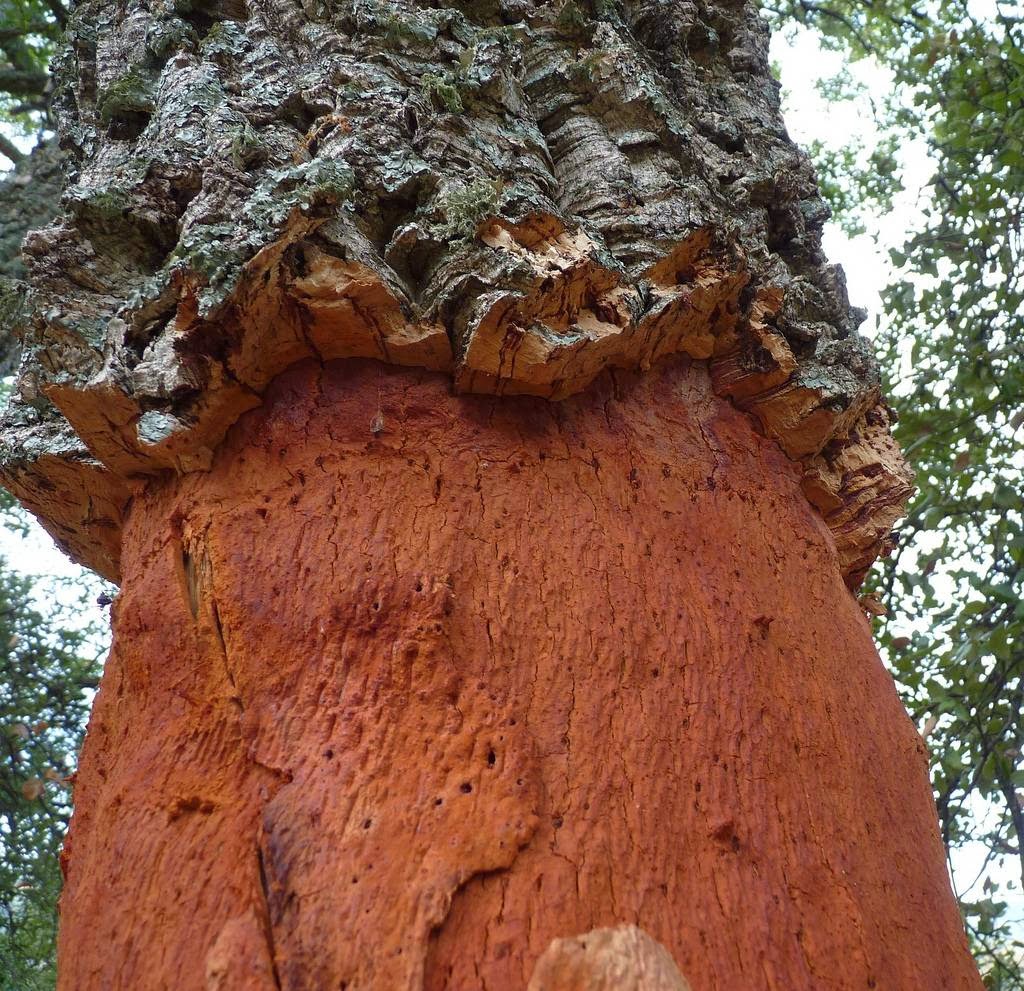
Cork Harvest for the Patient Farmer Kuriositas
Cork is the bark of the cork oak, Quercus suber, which grows in Mediterranean climates. Pliny, in his Natural History (A.D. 77), describes it: "The cork-oak is a small tree, and its acorns are bad in quality and few in number; its only useful product is its bark which is extremely thick and which, when cut, grows again."

Cork Oak Cultivation Information On Growing Cork Oaks In The Landscape
Lawn & Garden Trees, Shrubs & Vines Where does cork come from? Cork is gotten from the cork oak tree, which primarily grows along the coast of the Mediterranean sea. Brycia James / Getty Images
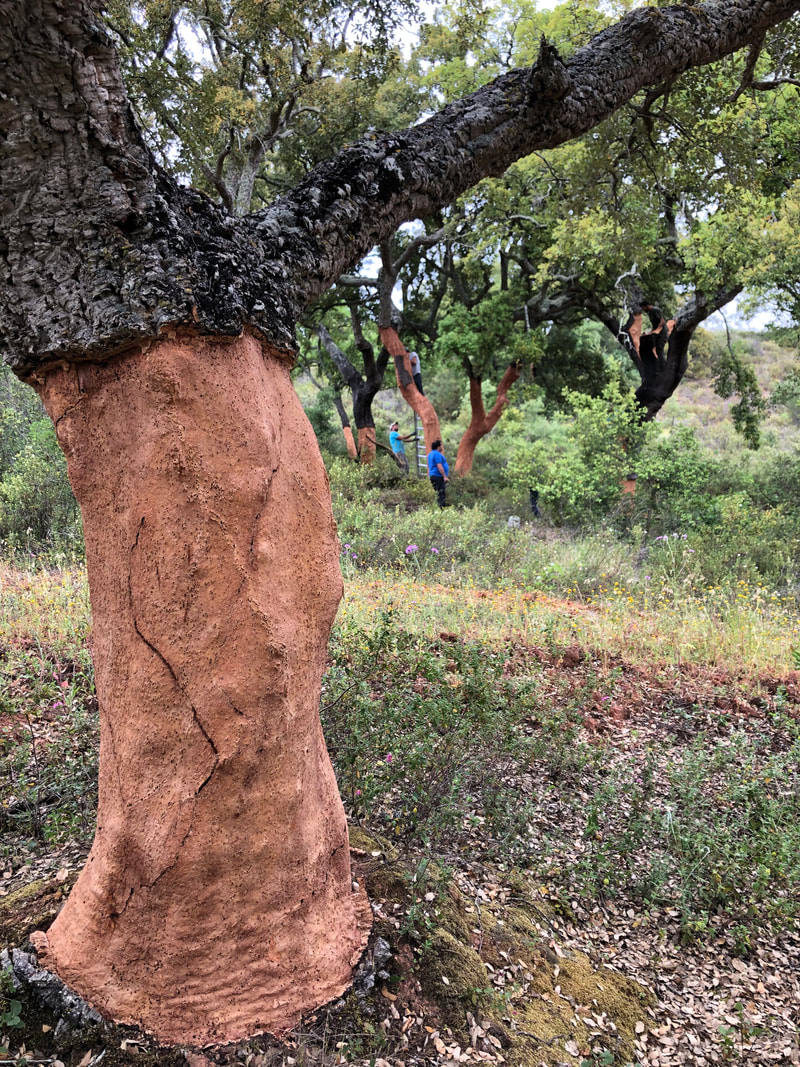
Everything you ever wanted to know about cork trees Cycling Rentals
cork, the outer bark of an evergreen type of oak tree called the cork oak (species Quercus suber) that is native to the Mediterranean region.

Cork Trees and Coast SelfGuided Portugal Bike Tours
The Cork Oak is favored by many U.S. horticulturists as a hearty, evergreen shade tree. Mature trees can reach 75' tall and form a broad canopy of toothed, shiny dark green leaves that are silver-gray beneath. Chocolate brown acorns are held loosely in caps and provide food for bird and small animals.The Cork Oak can b.

Cork closures in wine bottles how they reduce the carbon footprint of wine
The Whistler Tree, located in Portugal's Alentejo region is the world's largest, oldest cork tree! If you're wondering how bark turns into the typical cork with which you're familiar we.
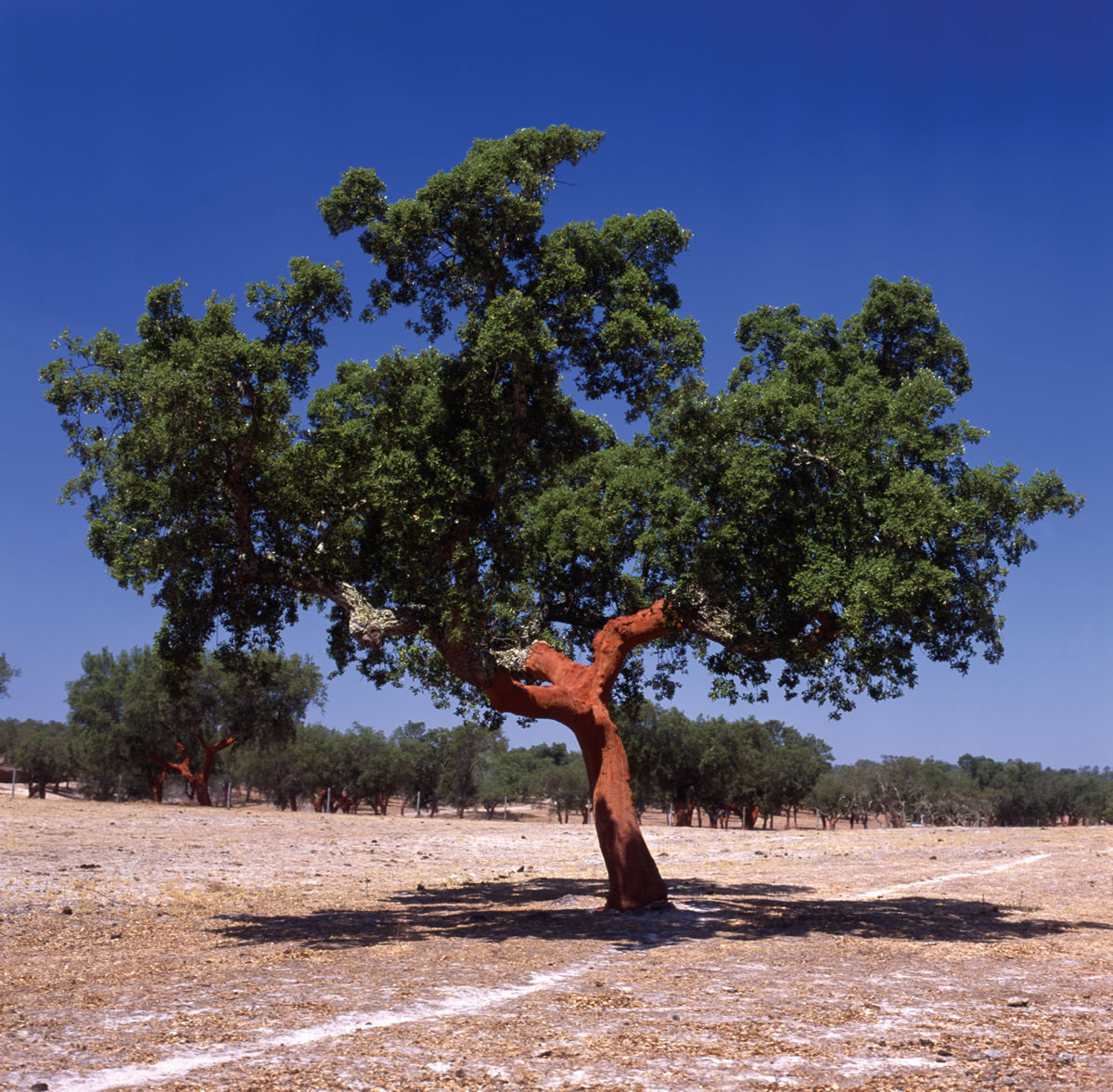
About Cork Tree Corkstore.pt
The cork oak, or Quercus suber, is a fascinating tree species that primarily grows in the Mediterranean region. Its unique bark is the source of the world's cork supply, a material that is used in a multitude of applications, from wine stoppers to insulation.

301 Moved Permanently
Quercus suber, commonly called the cork oak, is a medium-sized, evergreen oak tree in the section Quercus sect. Cerris. It is the primary source of cork for wine bottle stoppers and other uses, such as cork flooring and as the cores of cricket balls. It is native to southwest Europe and northwest Africa.

Cork Tree Stock Photo RoyaltyFree FreeImages
Phellodendron amurense Rupr. Phellodendron chinense C.K.Schneid. Phellodendron, or cork-tree, is a genus of deciduous, dioecious trees in the family Rutaceae, native to east and northeast Asia. It has leathery, pinnate leaves and yellow, clumped flowers. The name refers to the thick and corky bark of some (but not all) species in the genus.

Cork tree
The cork oak tree is named Quercus suber for its scientific name. The tree has a slow growth rate and is thought to last between 150 and 250 years. It takes 5 to 6 years for an oak tree to become self-sufficient. Oak trees can only grow to a height of about 3 feet per year.
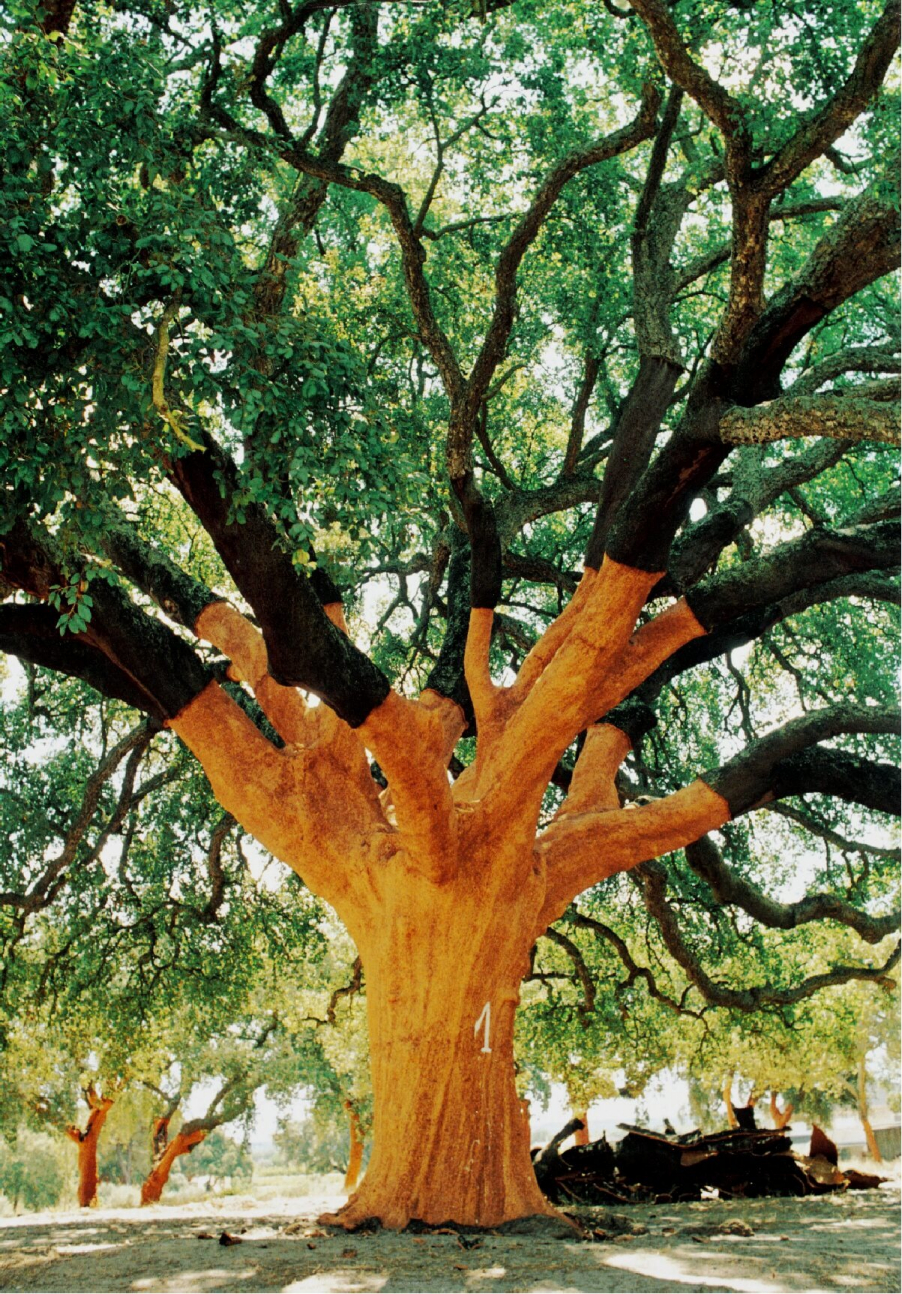
The World's Largest Cork Tree 100 Cork Produced by Nature
Cork is the outer bark of the Cork Oak tree, Quercus Suber. Cork oaks are found in forests surrounding the Mediterranean Sea. Portugal is the world's largest cork producer, but Cork Oaks are also cultivated in Spain, Italy, France, Morocco, Tunisia, and Algeria. Cork is easily stripped from the tree from May to August

Every nine years, a cork tree is stripped of its spongy pliable bark
Cork is the outer bark of an evergreen oak of the genus and species Quercus Suber (oak cork). Forests of oak cork trees are carefully monitored and cultivated, and act as a renewable source for this remarkable material. A cork tree regenerates its precious outer layer 12 or 13 times during its 150-year lifetime.
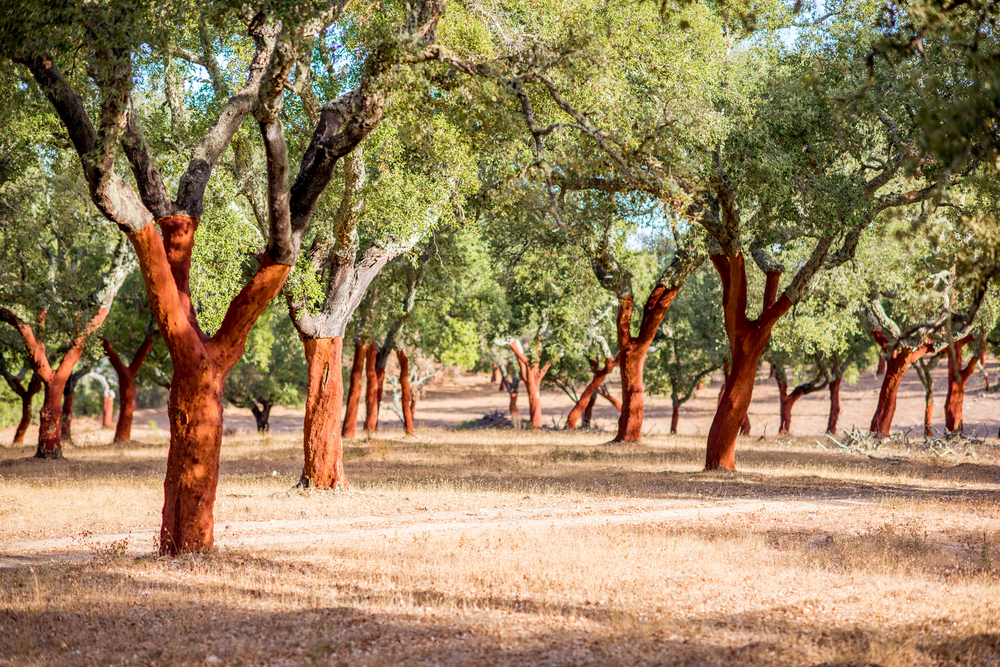
Wine Corks or Screw There's Still no Closure » Cellar Tours
cork tree, (genus Phellodendron ), genus of several eastern Asian trees in the rue family ( Rutaceae) usually having corklike bark. The Amur, or Japanese, cork tree ( Phellodendron amurense) is useful as a lawn and shade tree and is tolerant of a wide range of growing conditions.
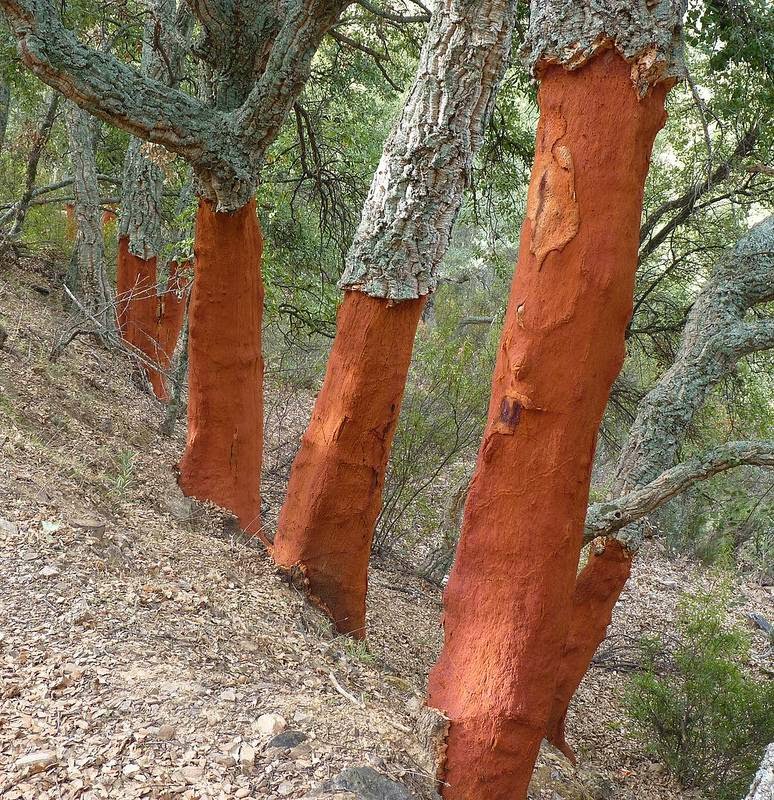
SM1'S BLOG 4 U Cork Harvest for the Patient Farmer...
The trees live for about 300 years. The cork industry is generally regarded as environmentally friendly. [8] Cork production is generally considered sustainable because the cork tree is not cut down to obtain cork; only the bark is stripped to harvest the cork. [9]